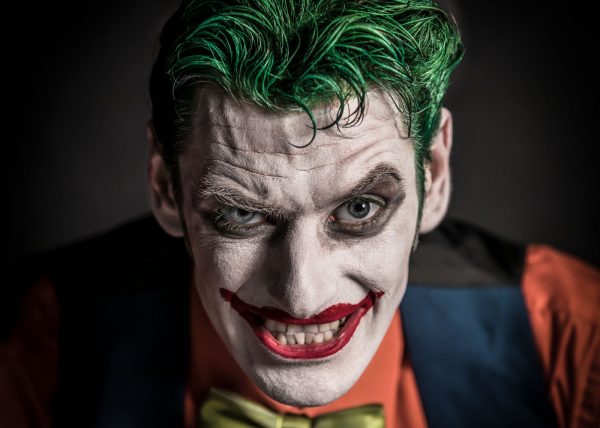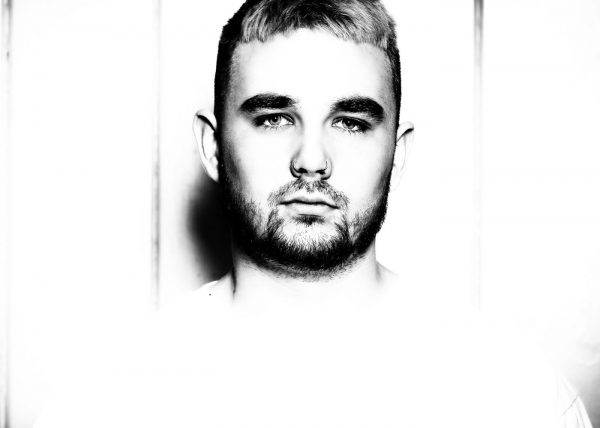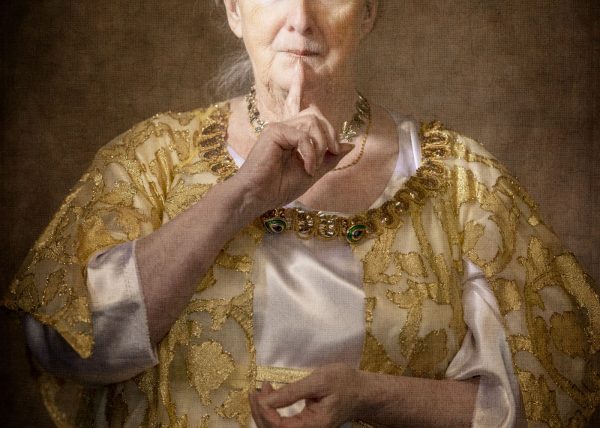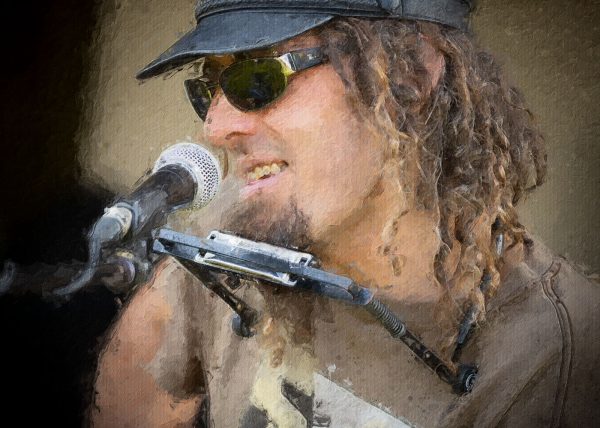The Art of Portrait Retouching
Step by Step
The art of re-touching is knowing how much adjustment the client wants to have incorporated into their final image. This can range from the sim[le removal of a stray pimple to a full makeover. Skin blemishes are temporary so why would you want to immortalize them on your finished portrait. The concept of retouching is to make the subject look their best while still being, very much, themselves. This is nothing like the filters so commonly found in social media posts where the subject is barely recognizable even to their nearest and dearest.
Studio photography is carried out in a controlled environment and the lighting is even and perfectly exposed. Studio images usually require minimal retouching. Outdoor, or natural light images can be more of a challenge and require a little more effort to correct inconsistencies in lighting and require adjustment to shadows and highlights.
The later stages of the retouch for both studio and natural light images depend upon the taste of the client. This could include colour manipulation such as sepia toning or the addition of textures and vignettes to bring a completely different flavour to the finished image.
The image below shows a before and after shot of a natural light portrait that has been taken through a series of retouching improvements.
The final image was further manipulated to close the subject's mouth, remove the one-sided collar of her dress, and finally had a series of textures and other effects added to make the finished photograph look like an aged painting.

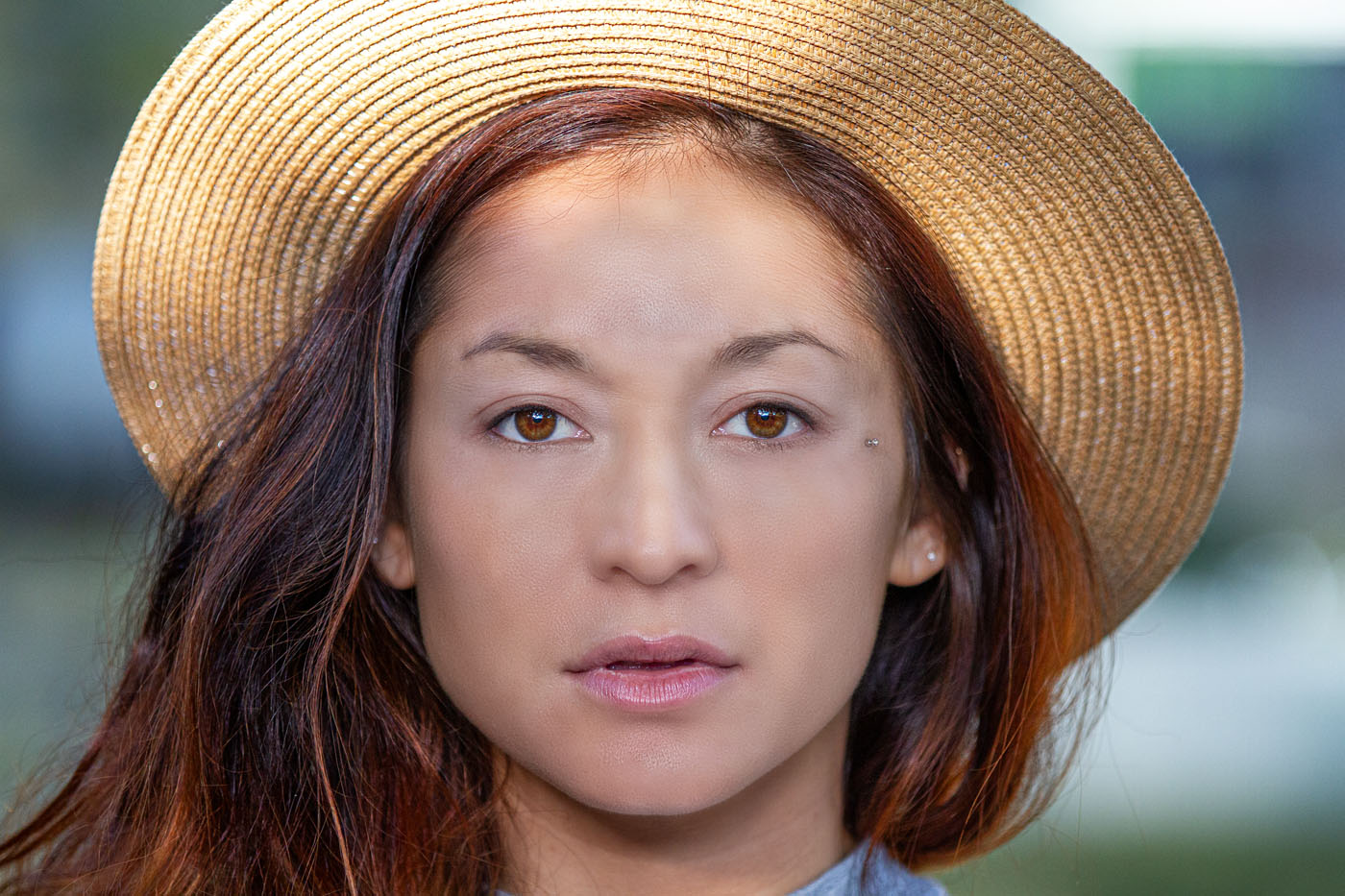
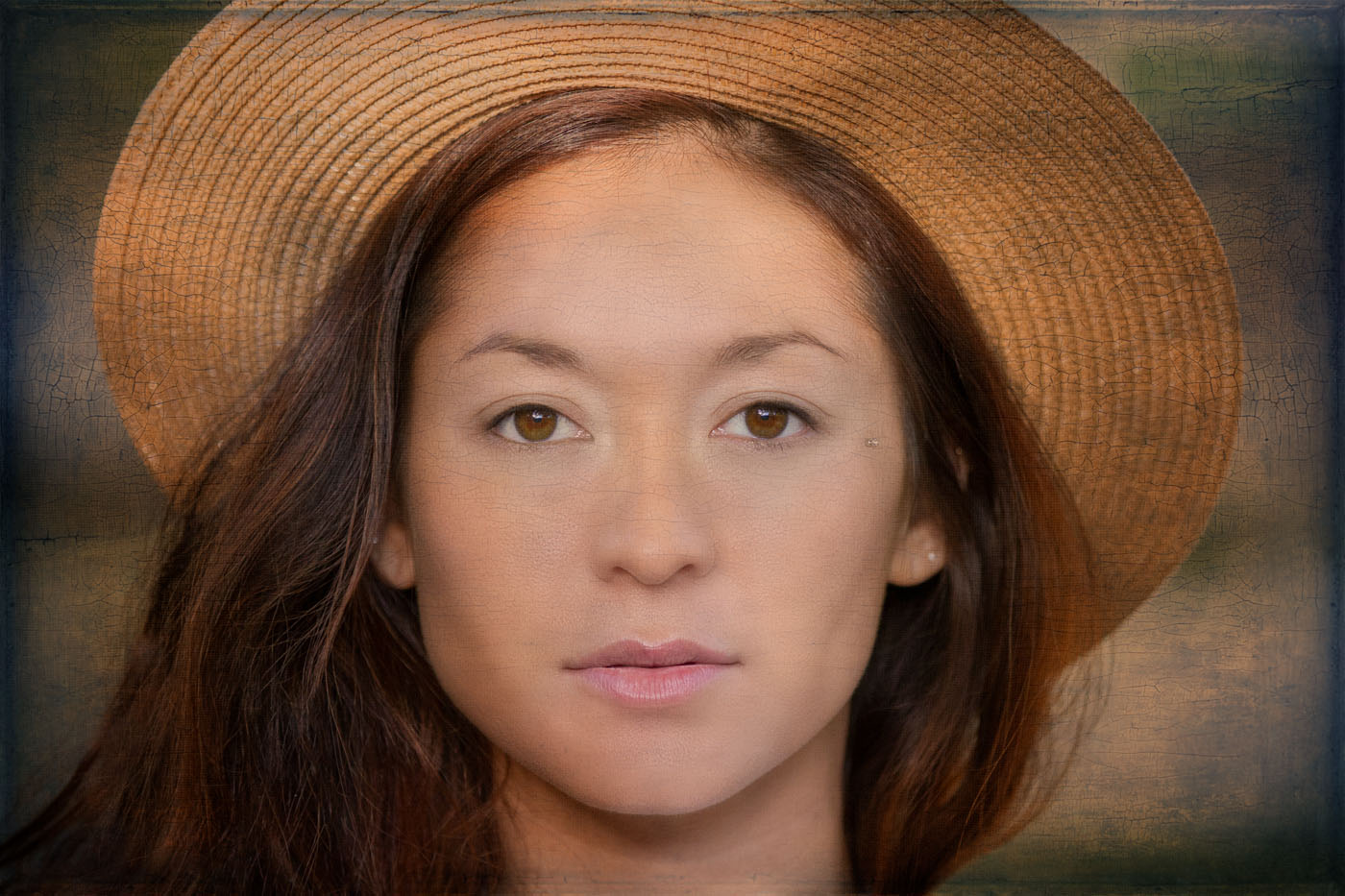
AGED PAINTING TREATMENT
EXAMPLES OF MORE EXTREME RETOUCHING

